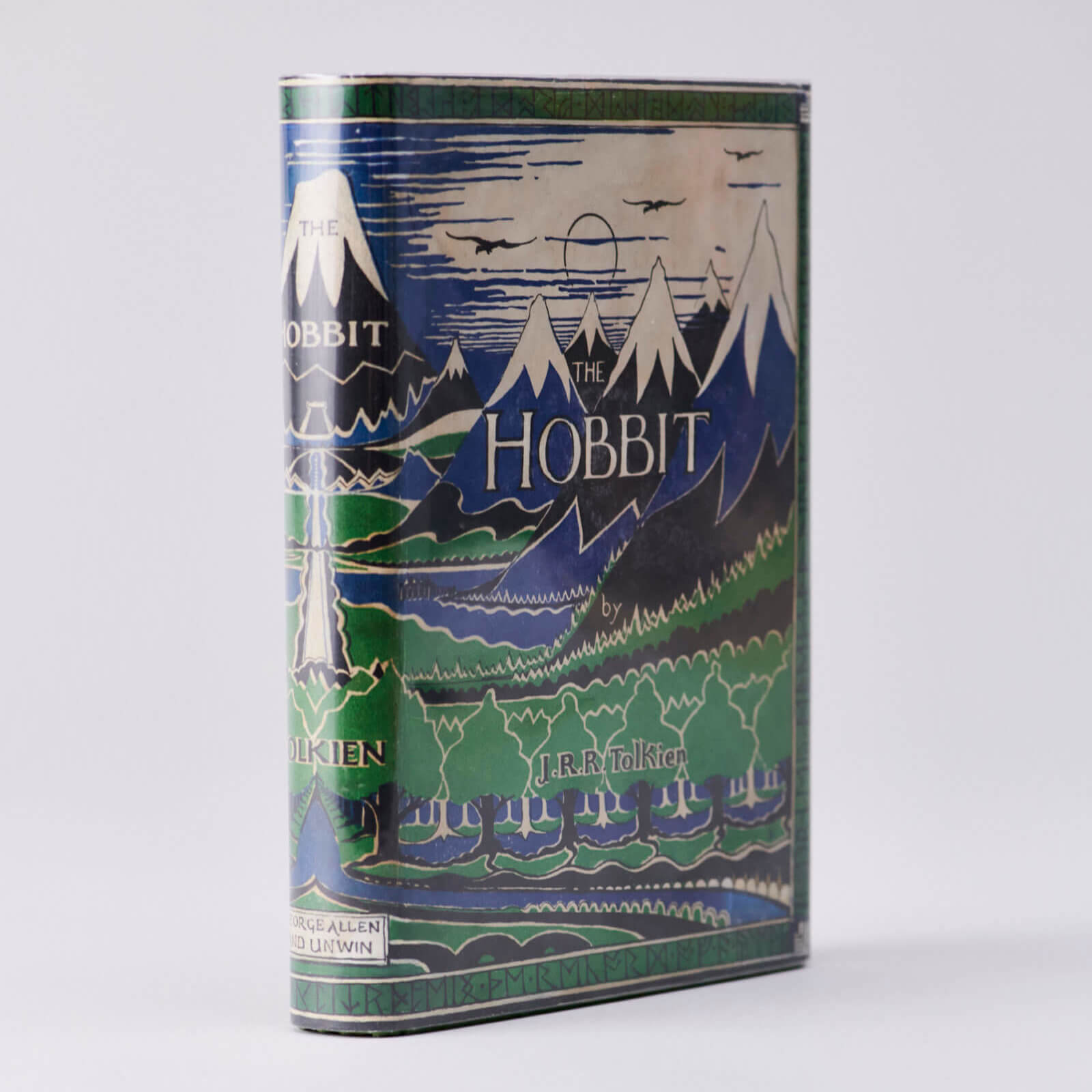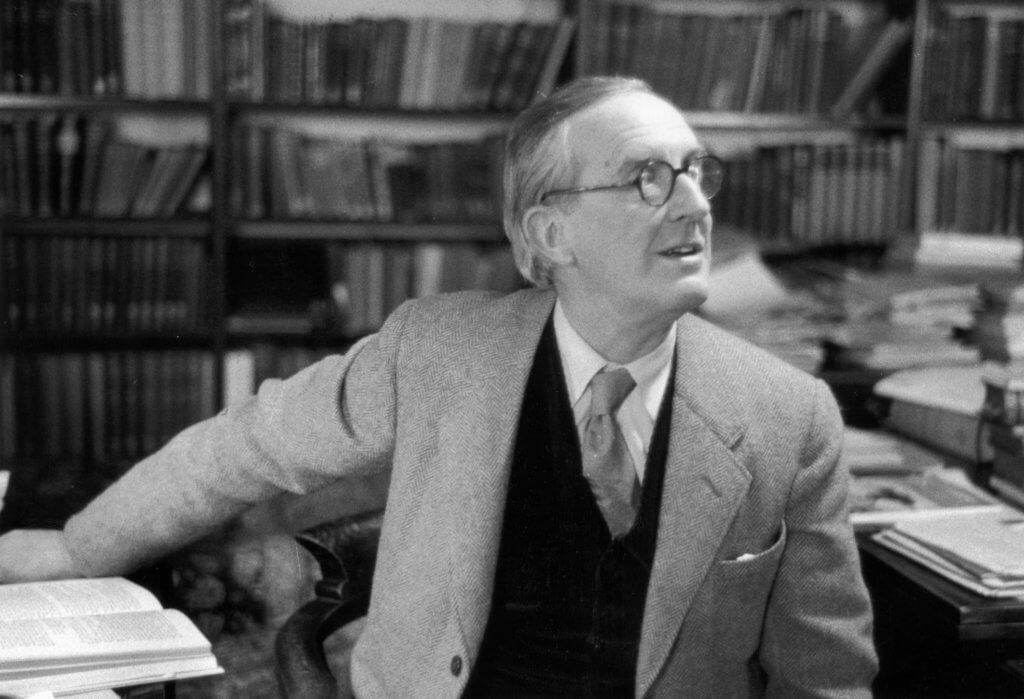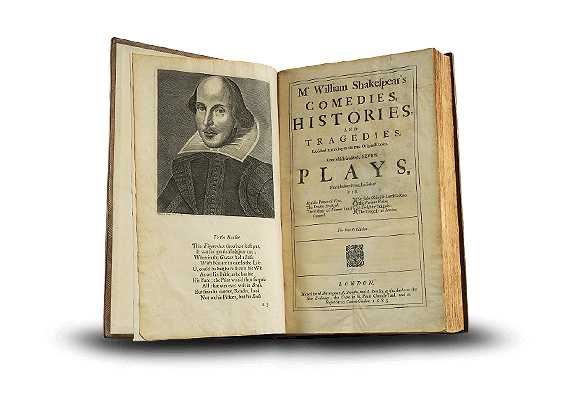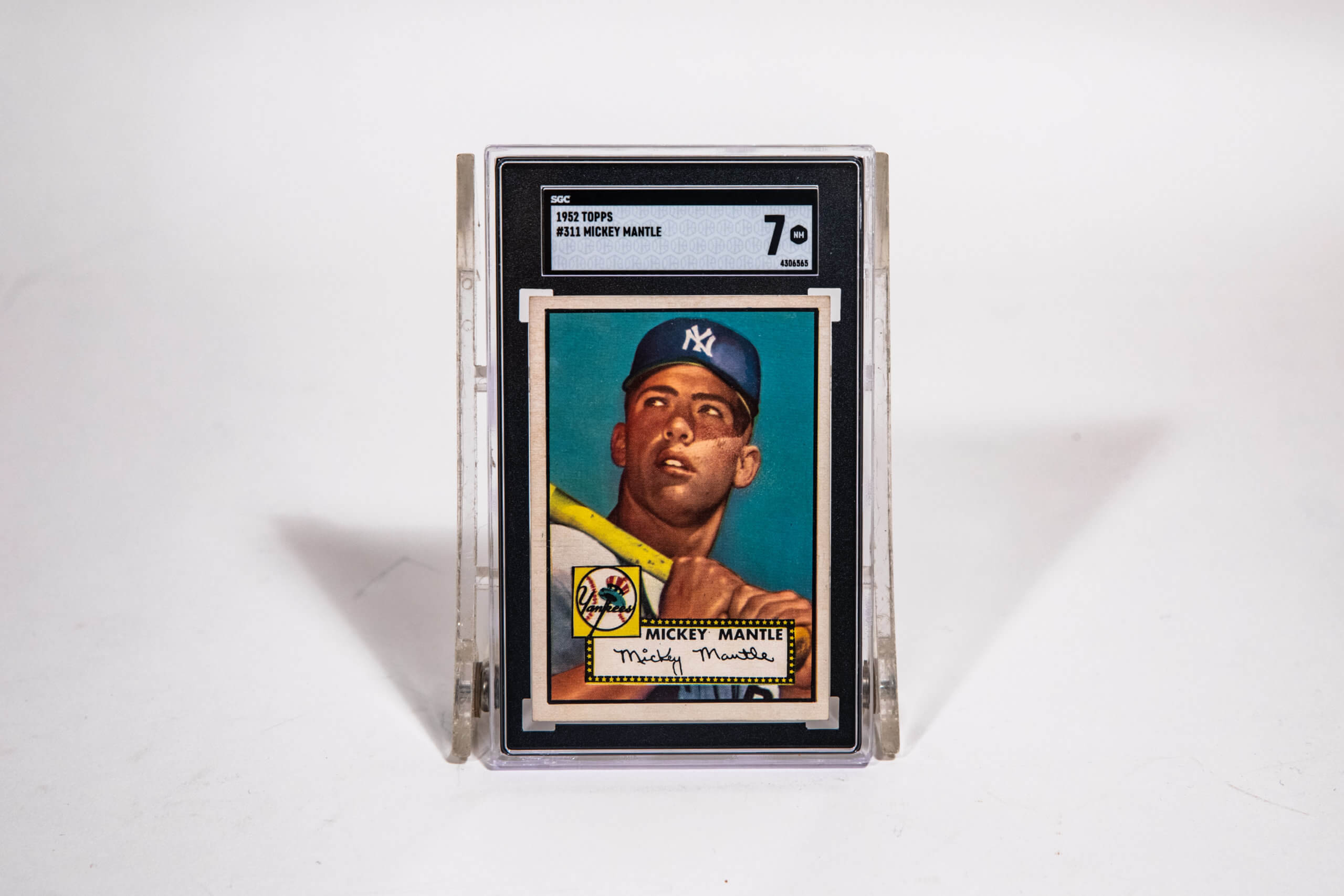Blog > Stories
J.R.R. Tolkien Couldn’t Help But Tinker With The Hobbit

Blog > Stories
J.R.R. Tolkien Couldn’t Help But Tinker With The Hobbit

A Surprise in the Post
In 1950, the year after he finished writing the first draft of LOTR, he received a fresh set of proofs for a new printing of The Hobbit. To his surprise, all of the changes he incorporated to the original text were included.
“… I have now made up my mind to accept the change and its consequences. The thing is now old enough for me to take a fairly impartial view, and it seems to me that the revised version is in itself better, in motive and narrative – and certainly would make the sequel (if ever published) much more natural.”
J.R.R. Tolkien to publisher Stanley Unwin, 1st August 1950; The Letters of J.R.R. Tolkien p. 141 (via The History of The Hobbit)
He shopped the changes to close friends and colleagues.
“Such people as I have consulted think that the alteration is in itself an improvement.”
ibid., 10th September 1950; Letters p. 142. (via The History of The Hobbit)
And with that, the second edition changes were finalized and released into the wild the following year.

How did the public react in 1951? At the time, it would have been strange for magazines and newspapers to cover a new edition of a book that had already been out for 14 years so we have little record of what people thought or if they noticed at all.
Even though the LOTR manuscript had been complete for approximately two years at this time, a number of factors (including Tolkien trying to shop the manuscript to another publisher) pushed its publication to 1954-55, split up into three volumes.











